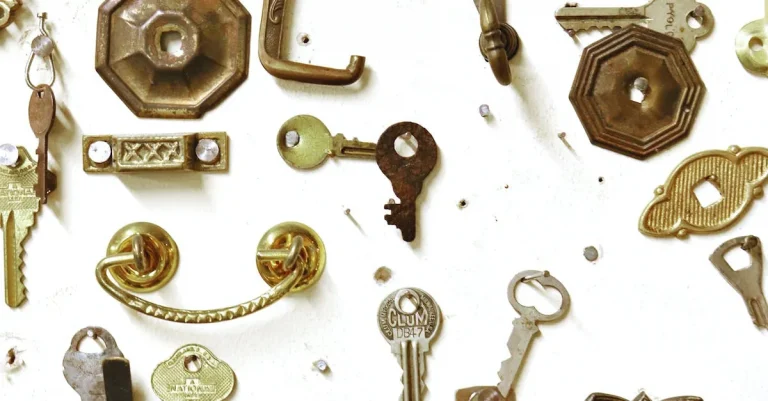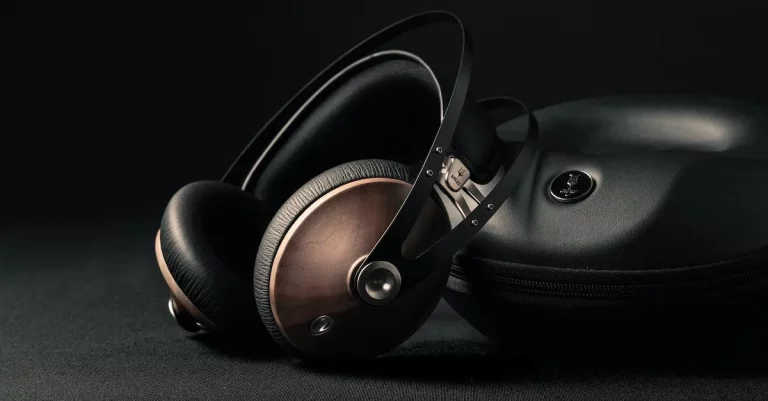Understanding The Issue Date On A California Driver License
Getting your first driver license is a rite of passage for teenagers across the country. But once you have that plastic card in hand, you may be puzzled by some of the dates and codes it contains. If you’re a California driver wondering about your license issue date specifically, here’s a quick overview: The issue date on your California driver license indicates the original date when the DMV digitally produced and issued your current license version. This can help you determine when your license needs renewal.
What the Issue Date Tells You
The issue date on a California driver license provides important information about your license. It tells you the date when your current license version was first issued. This can be useful to know, especially if you have recently renewed your license or if you need to determine when you will need to renew it again in the future.
The date your current license version was first issued
The issue date on your California driver license refers to the date when your current license version was first issued. This means that it indicates the date when you received your most recent license, whether it was a renewal or a replacement for a lost or stolen license.
Knowing this date can help you keep track of how long you have had your current license and when you may be eligible for a renewal.
Not the same as your original license date
It is important to note that the issue date is not the same as the date when you first obtained your driver license. The issue date only refers to the date when your current license version was first issued.
This means that even if you have had a driver license for many years, the issue date will only reflect the date when you received your most recent license, not the date when you first became licensed.
Helps determine when you need to renew
The issue date on your California driver license can help you determine when you will need to renew your license. Driver licenses in California generally expire every five years, with some exceptions for certain individuals such as senior citizens.
By knowing the issue date of your current license, you can calculate when your license will expire and when you will need to renew it. It is important to renew your license on time to avoid any legal issues or penalties.
For more information about driver licenses in California, you can visit the official website of the California Department of Motor Vehicles.
How the California DMV Sets Issue Dates
When it comes to setting issue dates on California driver licenses, the California Department of Motor Vehicles (DMV) follows a specific process. Understanding how the issue dates are determined can help clarify any confusion you may have about this important detail on your license.
Date your license application was processed
The issue date on your California driver license is often the date when your license application was processed by the DMV. This is the day when your application was reviewed, and all the necessary information, such as your personal details, driving record, and identification documents, were verified.
It is important to note that this is not the same as the day you passed your driving test or received your physical license.
Day the new license version is digitally created
Another factor that determines the issue date of your California driver license is the day the new license version is digitally created. The DMV issues licenses with various security features, and these licenses need to be digitally created before they can be physically printed and mailed to you.
The issue date is typically set as the day the digital version of your license is created.
Also issued electronically if license is renewed online
If you choose to renew your California driver license online, the DMV will also issue you an electronic version of your license. The issue date for this electronic license will be the day your online renewal is processed and approved.
While the electronic version is not a physical card, it serves as a valid form of identification until your new license arrives in the mail.
It’s worth noting that the issue date on your California driver license may not always align with significant milestones in your driving journey. However, it is an important piece of information that can be used for various purposes, such as verifying the validity of your license or providing proof of identification.
Using Issue Dates to Plan Renewal
Understanding the issue date on a California driver’s license is crucial for planning the renewal process efficiently. By knowing when your license was issued, you can determine the expiration date and make necessary arrangements for renewal well in advance.
Licenses expire 5 years after issue date
California driver’s licenses are valid for a period of 5 years from the issue date. This means that you will need to renew your license before it expires to continue driving legally. It is important to keep track of your issue date to ensure that you don’t inadvertently let your license expire.
Renewal window opens 3 months prior
The California Department of Motor Vehicles (DMV) allows individuals to renew their driver’s licenses up to 3 months before the expiration date. By knowing your issue date, you can determine when your renewal window will open and plan accordingly.
This gives you ample time to gather any necessary documentation and complete the renewal process without any last-minute rush.
Avoid late fees by tracking dates
Tracking the issue date of your driver’s license is also essential to avoid late fees. If you fail to renew your license before it expires, you may be subject to late fees when you finally decide to renew.
By staying aware of your issue date, you can ensure that you renew your license on time and avoid any unnecessary penalties.
Issue dates visible on physical license and DMV records
The issue date of your driver’s license can be found on both the physical license itself as well as in the DMV records. On the front of your license, you will find the issue date printed alongside other important information.
Additionally, the DMV keeps a record of your issue date, which can be accessed online through their website.
By being aware of the issue date on your California driver’s license, you can effectively plan for renewal, avoid late fees, and ensure that you always have a valid license to drive. Remember to mark your calendar and set reminders to stay on top of your renewal dates.
Changing Information and Issue Dates
When it comes to your California driver’s license, understanding the issue date and how it can change is important. There are several scenarios that can affect the issue date on your license, including changes to your name or address, as well as replacing a lost or stolen license or upgrading to a REAL ID.
Name, address changes don’t affect issue date
If you recently moved or changed your name, you might be wondering if this will affect the issue date on your driver’s license. The good news is that these types of changes do not impact the issue date. The issue date remains the same, regardless of any updates to your personal information.
So, if you’ve recently moved to a new address or got married and changed your name, don’t worry about your issue date being affected.
Lost/stolen license replacement has new date
Unfortunately, if you’ve lost your driver’s license or it has been stolen, getting a replacement will result in a new issue date. The replacement license will be issued with the current date, rather than the original issue date.
It’s important to report a lost or stolen license as soon as possible to ensure the security of your personal information and to get a replacement with the most accurate information.
License upgrades to REAL ID may reset date
If you’re planning to upgrade your California driver’s license to a REAL ID, it’s important to note that this process may reset the issue date. The REAL ID Act was enacted by Congress in 2005 to establish minimum security standards for state-issued driver’s licenses and identification cards.
As a result, when you upgrade to a REAL ID, you may receive a new license with a new issue date. This is because the REAL ID requires additional documentation and verification of your identity.
For more information about the REAL ID and the process of upgrading your license, you can visit the official website of the California Department of Motor Vehicles.
Conclusion
In summary, the issue date printed on your California driver license indicates the specific date the DMV produced your current license after processing your application. Checking this date, along with your expiration date, makes it easy to stay on top of renewal timelines. With a little awareness of how the California DMV sets issue dates, you can make sure your license stays up-to-date.








